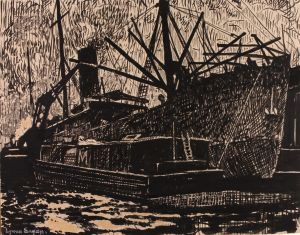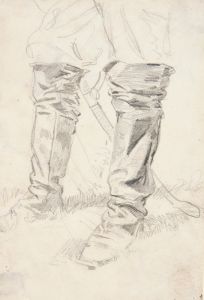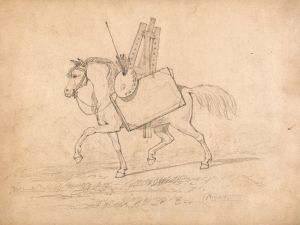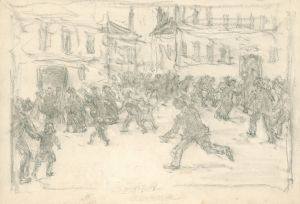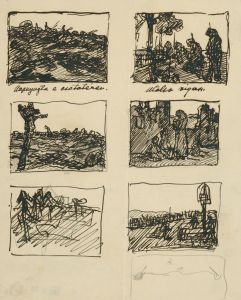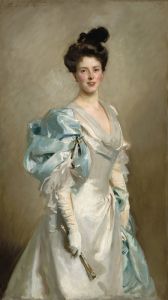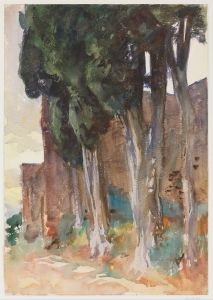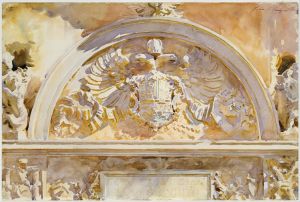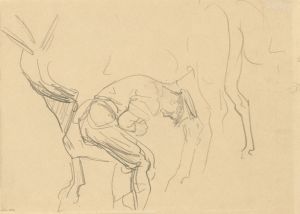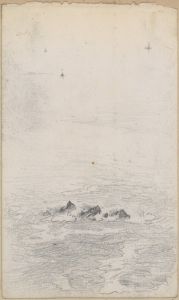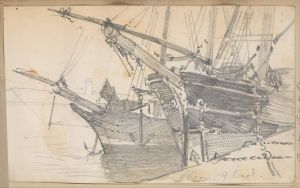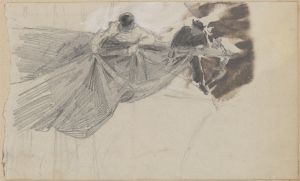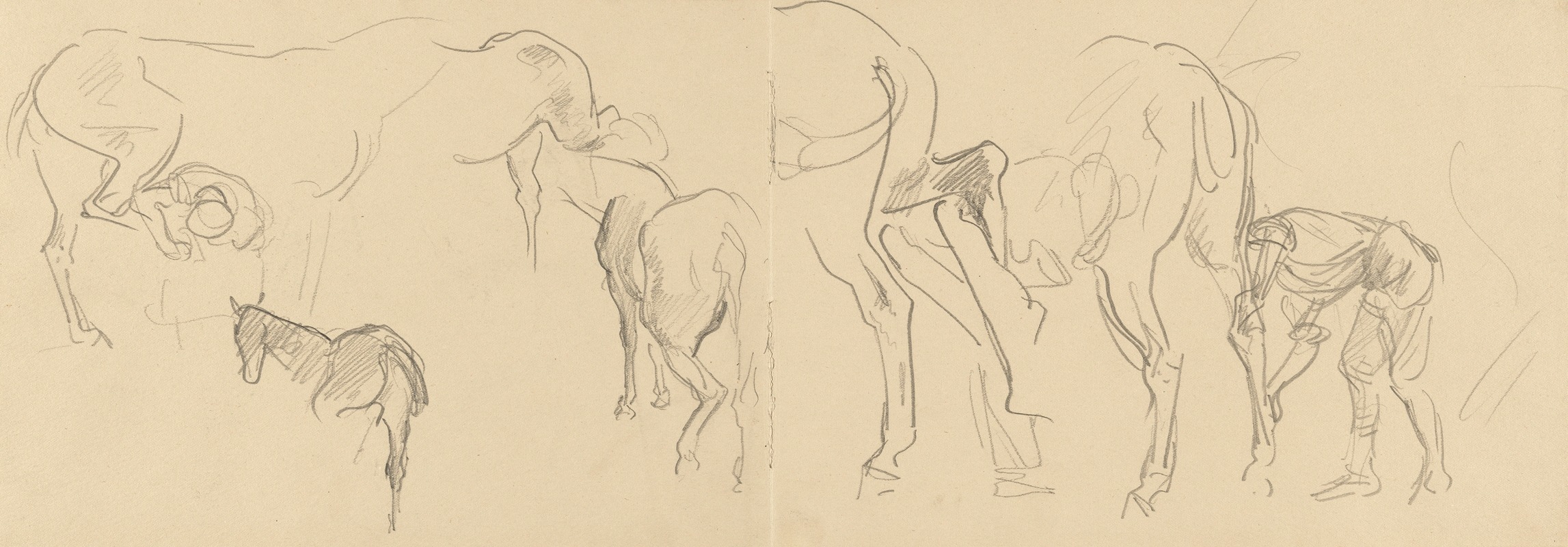
Studies for ‘Shoeing Calvary Horses at the Front’
A hand-painted replica of John Singer Sargent’s masterpiece Studies for ‘Shoeing Calvary Horses at the Front’, meticulously crafted by professional artists to capture the true essence of the original. Each piece is created with museum-quality canvas and rare mineral pigments, carefully painted by experienced artists with delicate brushstrokes and rich, layered colors to perfectly recreate the texture of the original artwork. Unlike machine-printed reproductions, this hand-painted version brings the painting to life, infused with the artist’s emotions and skill in every stroke. Whether for personal collection or home decoration, it instantly elevates the artistic atmosphere of any space.
John Singer Sargent's Studies for ‘Shoeing Cavalry Horses at the Front’ is a preparatory work created by the renowned American artist as part of his contributions to World War I art. Sargent, widely celebrated for his portraiture and technical mastery, was commissioned as a war artist by the British War Memorials Committee during the First World War. This commission led him to produce a series of works documenting the war effort, including studies and sketches that captured scenes of military life.
The Studies for ‘Shoeing Cavalry Horses at the Front’ is believed to be one of the preliminary works for a larger composition that Sargent envisioned but may not have fully completed. The studies depict soldiers engaged in the task of shoeing horses, an essential activity for maintaining the mobility and effectiveness of cavalry units during the war. Horses played a critical role in World War I, serving in transportation, logistics, and combat. The act of shoeing horses was a routine yet vital operation, ensuring that the animals could endure the harsh conditions of the battlefield.
Sargent’s studies showcase his keen observational skills and ability to capture the physicality and atmosphere of the scene. The sketches are rendered with a focus on movement and detail, reflecting the artist’s interest in the interplay between human and animal labor. The figures are depicted in dynamic poses, emphasizing the effort and coordination required for the task. These preparatory works also highlight Sargent’s process as an artist, as he often created detailed studies before executing larger, more finished pieces.
While Sargent is best known for his portraits of high society figures, his war art demonstrates his versatility and commitment to documenting the realities of the time. His most famous work from this period, Gassed (1919), portrays soldiers blinded by a mustard gas attack and is considered one of the most significant artistic responses to World War I. The Studies for ‘Shoeing Cavalry Horses at the Front’ aligns with this broader body of work, offering insight into the everyday experiences of those involved in the war effort.
The exact location and date of the studies are not definitively documented, but they are consistent with Sargent’s travels to the Western Front in 1918, where he observed and sketched various aspects of military life. These studies remain an important part of Sargent’s wartime oeuvre, reflecting his ability to combine technical skill with a deep engagement with his subject matter.





